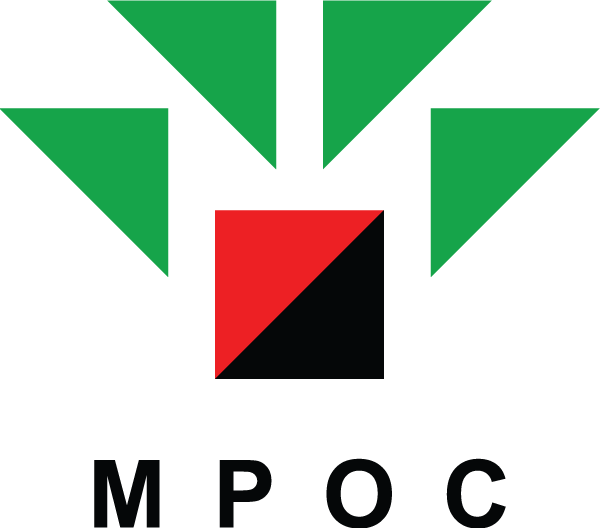Section 1: CPO Price Trend:
Global Soybean Production - Outlook 2018 and Critical Issues Facing Soybean Trade.

Dr. Sathia Varqa
Dr. Sathia Varqa is the owner and co-founder of Palm Oil Analytics (POA), an online publisher of palm oil daily news, price, data and analysis based in Singapore, serving global commodity markets.
POA publishes two daily reports a day covering price assessments analysis of key data and market commentary.
Sathia has been in the commodity information business for over 20 years, and owns POA together with a veteran palm oil broker with over 30 years’ experience.
Sathia previously worked for S&P; Global Platts, a division of S&P; Global (previously McGraw-Hill Finance) based in Singapore.
He holds a BA (Business Studies), Master degree in International Trade (Distinction) and a PhD in political economy from The Robert Gordon University, Aberdeen, Scotland.
Favorable weather conditions, expanded planted acreage and better yields, is set to see better soybeans production in the coming marketing year beginning September 2018 versus last marketing year. Brazil is set to overtake the traditionally largest soybeans supplier United States for the first time this year, while Argentina is set to see a rebound following dismal weather disrupted production in 2017. Collectively the G3 countries are expected to see an increase of 5.43% production in 2018-19, led by Argentina. However the bullish production scenario has not been met with corresponding bullish off-take, mainly due to negative international trade outlook emanating from U.S and China tariff war. The series of sporadic announcement by the U.S on a range of Chinese imports followed by retaliatory announcement by China on U.S imports has now progressed to target soybeans among others, constraining export demand. In addition, logistical issues in Brazil triggered by fuel strike have choked up soybeans trade flow from Brazil. While the perpetual pressure from the European Union on curtailing food based biofuel feedstock been gaining momentum once more. Furthermore recent increases in import duties on soft oils by the Indian government set to depress soybeans import share into the country while increasing competitiveness to palm oil. These are some of the critical issues facing soybean trade for the rest of the 2018 and into half of 2019. This paper explores the production outlook and the trade constraints governing the sector and some implication on price outlook.

REGISTER OR LOGIN TO VIEW FULL REPORT

REGISTER OR LOGIN TO VIEW PRESENTATION SLIDES



















































